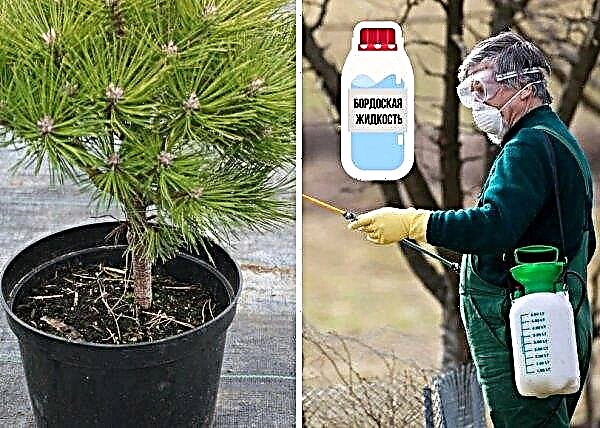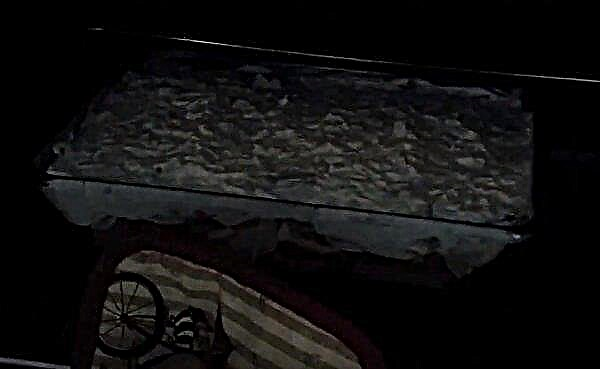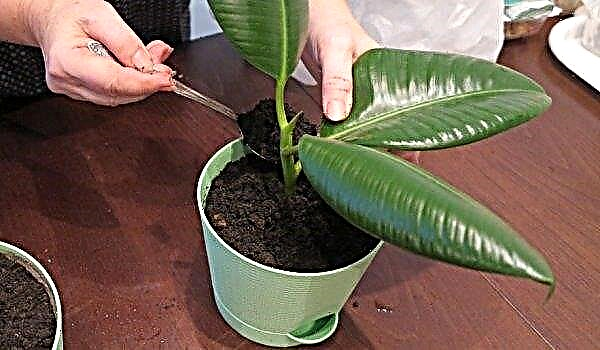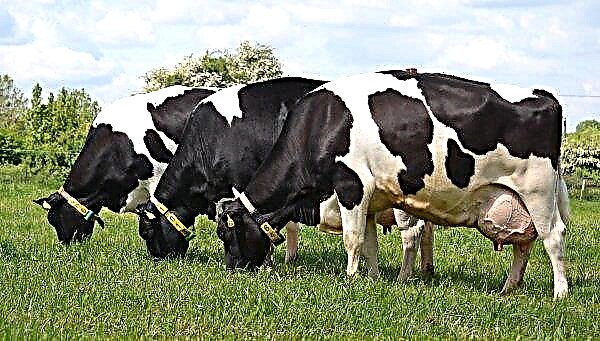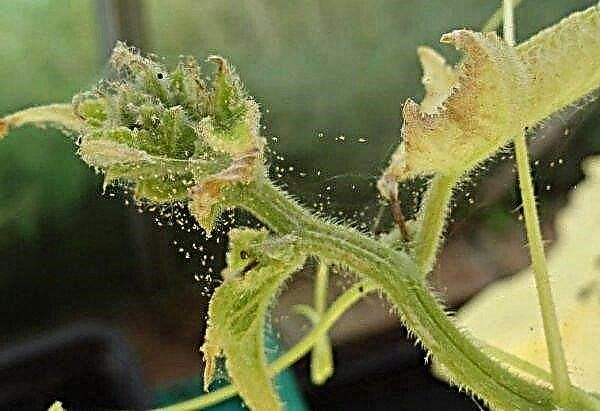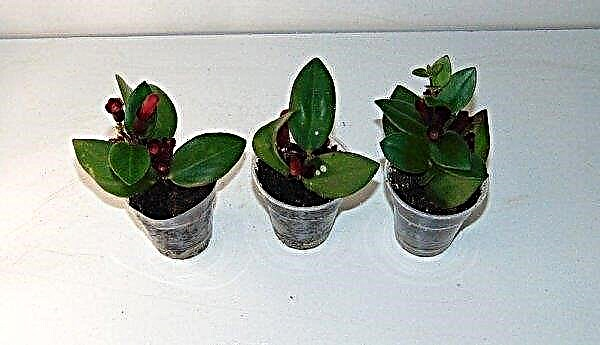Any home pond in the country can have a functional purpose and at the same time be decorative. The most inexpensive and often used design is a concrete reservoir. It is only necessary to determine its form, prepare materials and proceed with the construction. Read more about how to make a concrete pond in a garden plot, read in the material.
Cement pond requirements
The principles for planning, positioning and designing a concrete pond are the same as for a pond for storm water or a concrete pool. First of all, you need to think about what the pond will be, its purpose, size.
Then, questions should be worked out about the method of discharging water, its disinfection, and if we are talking about a yard reservoir, then about the construction of bypass channels in case of overflow of the reservoir during rain. There are many construction methods that can be used in this work. But there is also a mandatory number of requirements that must be taken into account regardless of the details of construction.

Among them are the following:
- Concrete ponds are usually quite large and deep. A bulldozer is hired to dig out a large-volume structure, and only for small decorative structures a shovel and a wheelbarrow are enough to remove the earth.
- The soil in the selected area should be dense, clay. Otherwise, it will crumble, creating voids around the structure and increasing the deformation of concrete, which leads to cracks. In order to avoid this, you need to use the right types of materials.
- After creation, the foundation pit needs to stand for several weeks to compact the disturbed soil. A vibrating plate will help to compress the bottom.
- To increase the drainage efficiency, the base of the pond is rounded to exclude places where garbage can accumulate and which are difficult to clean.
- Steel reinforcing mesh will significantly increase strength and reduce the likelihood of cracking.
- Before concreting the pit, you need to make sure that the drainage pipes are laid correctly. They should be connected to drains and possibly equipped with a filtration system.
- When pouring concrete, it is necessary that it is evenly distributed along the base. To do this, at the stage of creating the pit, it is necessary to check the vertical and horizontal walls and the bottom using the building level.
- After completion of work, any gaps between the outside of the wall and the ground should be filled up.
- At the final stage of construction, the visible decorative side must be covered with tiles, pebbles or other decorating material.
Important! Experts recommend building deep reservoirs, as they better maintain a constant temperature of the water, which is good for fish and plants that will inhabit it.
Begin the construction in order to determine the suitable site. It should be flat, and the ground on it - solid. The presence of trees around is highly undesirable. First, growing roots can damage walls and contribute to soil instability. And secondly, falling leaves will become a constant source of pollution. It is also necessary to take into account the presence of various communications on the site, so as not to damage them during construction work.

Construction work preparation
Before you start work, you need to inspect the territory and choose a place to build. You can place a pond above the garden or garden beds. Then the water from the pool can be immediately used for irrigation. This is how irrigation systems were built in antiquity.
Did you know? The most famous natural pond — Walden (USA). It occupies 25 hectares of territory and is formed by retreating glaciers 10–12 thousand years ago.
If you place it in the lowest part of the site, then the pond can be used to catch storm water from the entire country. Then take a pencil and paper and draw a schematic drawing of a future reservoir.

Clean the area from stones, grass and debris. Then, using a construction cord and pegs, mark the territory. Remove the top 20 cm of soil with a shovel. This is the most fertile layer of soil, and it can be used on beds. Be sure to purchase the necessary materials and tools.
You will need:
- concrete;
- gravel or rubble;
- sand;
- waterproofing;
- steel reinforcement, mesh;
- formwork boards;
- sealing tapes for sealing joints;
- materials for decorating the walls of the pond.
Of the required tools, you need a shovel, a scoop, a cart for removing soil, a concrete mixer, a vibrating plate, a welding machine. Later, you need to purchase plants that will be placed in the pond in pots or around it. You can also purchase decorative figurines, lanterns and other decorative elements.
Preparation for cement laying
The size of the country pond completely depends on your desires and the possibilities of the site. The depth of the decorative structure can be about 50 cm, and a pond with fish - at least 2 m. A typical shape is an oval or circle. Now proceed to the excavation of the pit. This can be done with a shovel, front-end loader or excavator.
The main stages of creating the pit and their features:
- The excavation of the earth is carried out gradually, removing 30 cm each. The withdrawn soil can be removed from the site or used to create rock gardens, high beds, decorative hills.
- The walls should lower to the bottom at an angle of about 20–45 ° - this will facilitate concreting.
- Provide ledges on which pots with aquatic plants can stand. The bottom is made flat, checking this with a level.
- Provide a natural spillway when overflowing during a rainfall. It should be 15 cm below the lowest edge. The channel depth will be 15 cm, width - 15–20 cm. The bottom is laid out by pebbles. Also often provide for the organization of the flow of water into the irrigation system for irrigation of beds and gardens.

Immediately after preparing the pit, 2 drain pipes are laid. They can be made of PVC. These pipes are quite durable, lightweight and do not undergo deformation over time. In addition, their smooth inner surface avoids blockages and accumulation of sediment on the walls. The bottom water intake is equipped with a valve. All joints during the installation of pipes are sealed with sealant for PVC pipes.
Soil tamping
The bottom is leveled, then a gravel pillow is poured on it. Thickness - 10-15 cm. It is tamped with a vibrating plate. To make the gravel denser better, it must be wetted with water in the process. On top of this layer, sand 10-15 cm thick is applied, which is also tamped.
The thickness of the layer that the compactor can compact depends on the model. So, the gasoline STRUM PC8806LF Lifan can process a thickness of 20 cm, Tsunami CO-70FL is ready to tamp a layer of 28 cm. This must be taken into account when buying a tool or renting if you need a slab only 1 time to build this pond.
Important! The density of the compacted layer of sand should be such that there are no traces when passing through it.
We lay concrete
The formwork of the boards is installed along the contour of the reservoir. Concrete should be laid in 2 layers or in 2 stages. The first task is to fix the compacted layers of sand and gravel at the bottom of the pool. The thickness of the first layer does not exceed 10 cm. It should be smooth, without bumps and dents. Then reinforcement will be installed in it for reinforcing the structure, and then another layer of concrete will be applied - it will become the walls and floor of the reservoir. If at the first stage of laying the screed unevens are obtained, then they must be eliminated at the second.

Experts recommend choosing concrete grade M300 for construction (in the current classification - B22). It withstands more than 150 freeze / thaw cycles without loss of properties. For a square meter of a surface 1 cm thick you will need 20–25 kg of solution. The minimum recommended layer thickness is 1.6–2 cm. It dries quickly, and you can walk on it after 8 hours if work occurs at an air temperature of at least + 20 ° С.
Check out

To fill the structure, prepare a solution. It will consist of 3 parts of sand and 1 part of cement. Crushed stone is added to the fill for strength. To prepare the solution, gravel of large and medium fractions is used. Their ratio is 30% and 70%. It can be granite or calcareous with the strength of M600.
Dirty material cannot be used, as this degrades the strength of the cement slurry. In such a situation, crushed stone will have to be washed before use. Sand should also not contain impurities.
If necessary, it is better to sift it through a sieve before mixing. It is impossible to replace it with screening, as this reduces the strength of the finished structure.
The technique for preparing the solution will be as follows:
- Pour half the norm of crushed stone and water into the concrete mixer.
- To stir thoroughly.
- Add sand and cement.
- Stir again.
- Then pour in the rest of the rubble and pour in the rest of the water.
- Add sand and cement.
This serial connection of the components allows for better miscibility and masonry quality.
Video: do-it-yourself pond
Reinforcing
After the screed is completed, reinforcement is added to it and a reinforcing mesh is placed. It will significantly increase strength and reduce the likelihood of concrete cracking. Since its layer will be up to 30 cm thick, the grid should pass through the middle of the layer, that is, be located at a distance of 7-15 cm from walls or floor.
The easiest way to do this is to put bricks under it. Over the formwork, reinforcing mesh should also be fixed to the walls. The distance between it and the formwork boards is 5 cm.

Reinforcement thickness mark
An important indicator of structural reinforcement is its diameter. The strength of the concrete structure depends on this. For instance, the width of the wall should be 20 cm and the height 100 cm. Then its area will be 20 × 100 = 2000 cm². The norm of the ratio of the area of reinforcement and the area of the structure should be 0.001: 1. Accordingly, the estimated area of the reinforcement will be 2000 × 0.001 = 2 cm².
Using the table of the ratio of the cross-sectional area and the number of rods, we get that 2 cm². corresponds to:
- 4 rods with a diameter of 8 mm;
- 7 rods with a diameter of 6 mm;
- 2 rods with a diameter of 12 mm.
Similarly, other calculations are carried out. The rods are placed at a distance of at least 30 cm from each other.
Did you know? Microbes in pond water were first discovered in 1674 by the scientist K. Anthony van Levenguk. He called these creatures tiny animals, now we call them unicellular.
DIY concrete laying and finishing step by step
Concrete at the bottom can be poured in several layers, depending on the thickness. But each of them needs to be allowed to dry. Drying time - at least 24 hours. The thickness of the mortar should be such that the concrete does not run off the walls during application. As you complete the work, you need to control the vertical and horizontal of the applied layer.

Make a hole with a sharp end after pouring the bottom so that air escapes from the concrete when the fresh mortar hardens. Then cover the bottom with plastic wrap to improve the setting of concrete. When the layer is dry enough, it is rubbed to get a smooth surface and smooth transitions.
Waterproofing
The role of waterproofing can be performed by the film, then the walls are covered with special plaster - waterproofing or waterproof. Her task is to create an even monolithic coating. But there are more modern methods of applying a water-repellent coating. One of the most advanced materials is penetrating waterproofing. It is applied directly to concrete.

The waterproofing material penetrates the pores of the base material and forms an insoluble polymer gel inside. The result is a waterproof coating. Such waterproofing can be glued and coated. It retains its properties at temperatures from –30 ° C to + 75 ° C. Application of the material to the pool surface is done manually or by spraying.
After the waterproofing is applied, its quality is checked by filling the pool. So, a certain amount of water is poured into it, its level is noted and left for 15 days. If everything is normal, then the water should remain at about the same level, except for a certain amount, which evaporates naturally.
Features of a liquid glass pond
Another option for waterproofing a pond is with water glass. It is a mixture of water and sodium or potassium silicates. The substance has a liquid consistency and is applied to the walls by spraying or brushing in 2 layers. The principle of action resembles glue.

Before proceeding with the application of such material, the concrete surface must be cleaned and plastered. For pools and ponds, the material interferes with the concrete mortar and in this form can also be applied to the surface. It has antiseptic properties, protects the surface from oxidation and is characterized by good water-repellent properties.
Surface finish
To finish the pond, you can use tiles or mosaics. Before laying it is necessary to make sure that all surfaces are absolutely flat, and when laying, to ensure the creation of a flat surface.
An easier way to finish is Alkorplan 2000, Flagpool. From it they make a pattern according to the size of the pond and attach it to the walls and floor with the help of special fasteners. The technology of joining the pieces is processed using a building hair dryer. Under the influence of hot air, parts of the film are welded together.

How to drain a pond
At the stage of creating an artificial reservoir, the discharge of water can be organized through the connection of the bowl to the sewer using pipes. When the drain hole is closed, the reservoir is full. If you open it, water will naturally fall into the sewer. It can also be bred for watering garden beds and garden trees.
Did you know? According to the Chinese Feng Shui doctrine of the correct landscape, a good shape of the reservoir must be geometrically correct. And the shape of the bean is the most irregular.
In winter, the reservoir is drained, and with the onset of warm days, they fill it up again. Even if we are talking about a system that does not have a drain, you can organize it using a conventional pump and a hose for draining water. It is enough for the owner to assemble the unit with taps, connect with a hose and organize the discharge of water into the garden.

The construction of a reservoir in a summer cottage has long been not something special. A property owner can decorate his yard with even a small body of water, and if desired, build a pool or fish pond. Of course, for the construction of large structures special knowledge is needed, but for a small pond there is enough desire, materials and simple instructions for creating artificial reservoirs.

